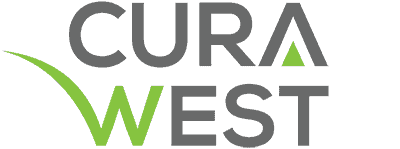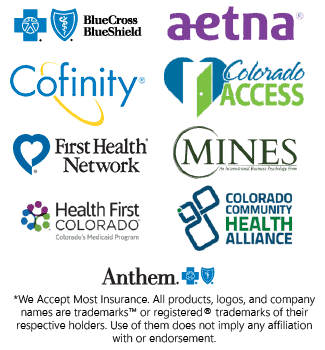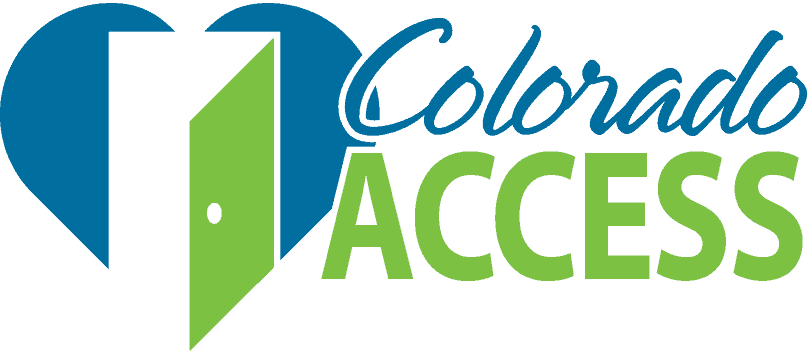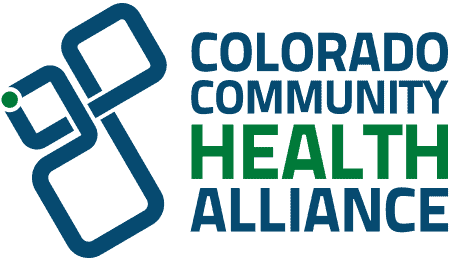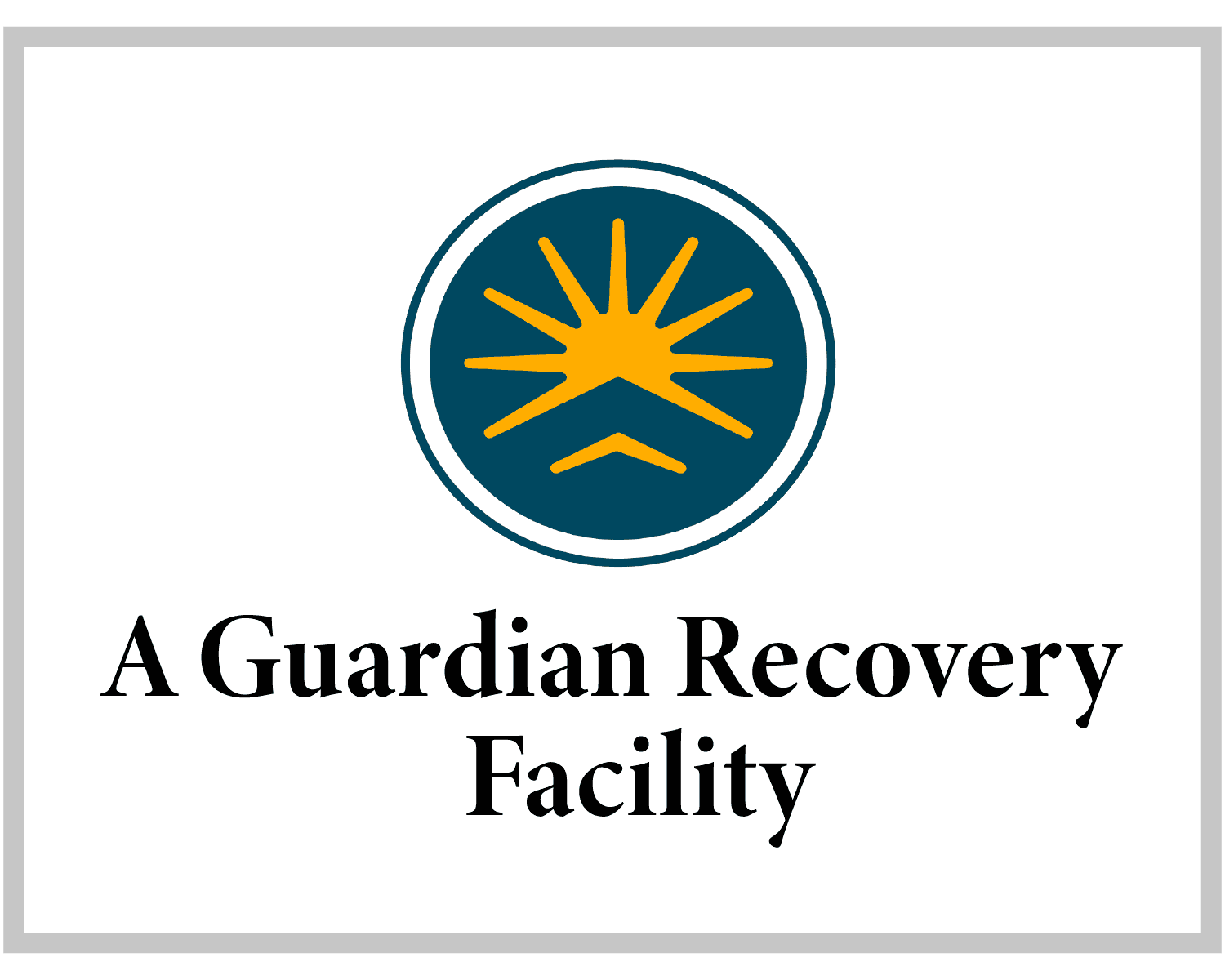Understanding the Basics of Virtual IOP and PHP Treatment Models
While both Virtual Intensive Outpatient Programs (IOP) and Partial Hospitalization Programs (PHP) serve as essential components in modern mental health treatment, understanding their fundamental differences and applications remains important for individuals and providers alike. These treatment models represent distinct levels of care within the behavioral health continuum, each offering unique approaches to virtual treatment and recovery support.
Virtual IOP provides structured therapeutic interventions through online platforms, offering program flexibility that allows participants to maintain daily responsibilities while receiving care. In contrast, PHP represents a more intensive level of treatment, typically requiring more hours of participation per week and closer medical supervision, though still delivered through secure virtual platforms. Both models incorporate evidence-based therapeutic modalities, group sessions, and individual counseling to address various mental health and substance use disorders. Virtual treatment programs have revolutionized healthcare delivery by making professional mental health services more accessible to those seeking help from the comfort of their homes.
Key Differences in Structure, Intensity, and Time Commitment
The structural frameworks of Virtual IOP and PHP programs disclose distinct operational differences that shape their therapeutic approaches and results. Through structure comparison, PHP emerges as the more intensive option, typically requiring 5-6 hours of daily participation, five days per week, while Virtual IOP maintains a lighter schedule of 3-4 hours, a trio of days weekly.
The intensity levels between these programs reflect their therapeutic depth, with PHP offering thorough medical supervision, multiple daily group sessions, and regular psychiatric evaluations. Virtual IOP, while still structured, provides a more flexible approach with focused group therapy, individual counseling, and skill-building workshops that accommodate participants’ daily responsibilities. This fundamental difference in time commitment and program intensity allows healthcare providers to match individuals with the most appropriate level of care for their specific recovery needs.
Choosing the Right Program: Factors to Consider for Your Recovery Journey
Selecting an appropriate treatment program requires careful consideration of multiple personal factors that collectively influence recovery success and long-term wellness results. When evaluating virtual IOP versus PHP options, individuals should assess their current circumstances, including work obligations, family responsibilities, and existing support systems.
Key decision factors include:
– Severity and stability of symptoms
– Access to reliable internet and private space for virtual sessions
– Availability of local support systems
– Personal goals for recovery timeline
– Financial resources and insurance coverage
– Daily schedule flexibility
– Need for medication management
– Current living environment stability
The best program choice aligns with both immediate treatment needs and long-term recovery objectives, while accounting for practical lifestyle constraints and available support mechanisms that can enhance therapeutic results.






